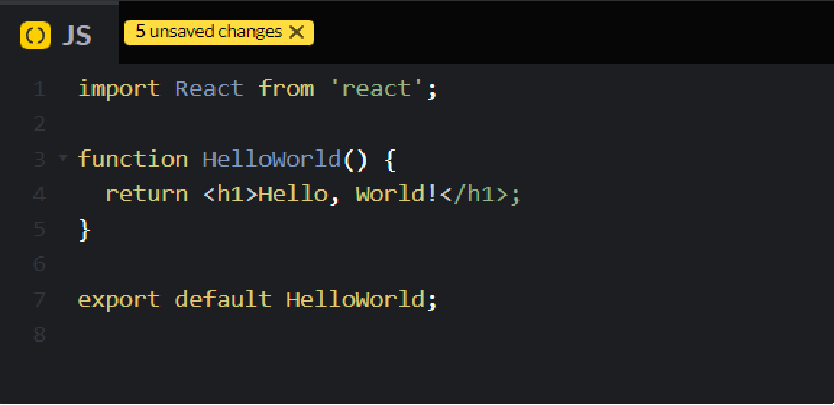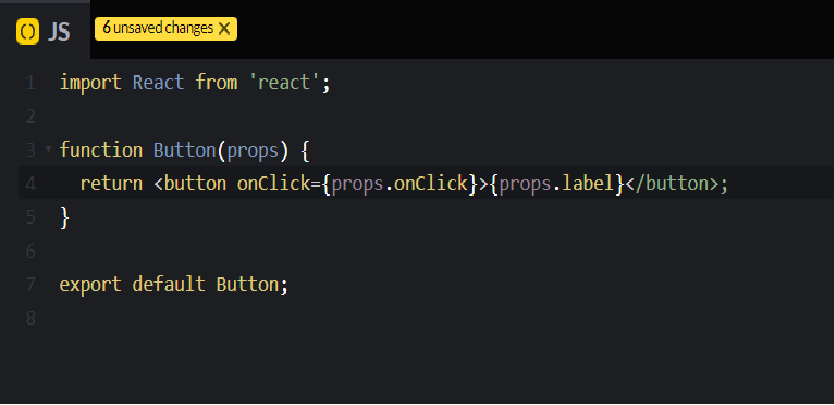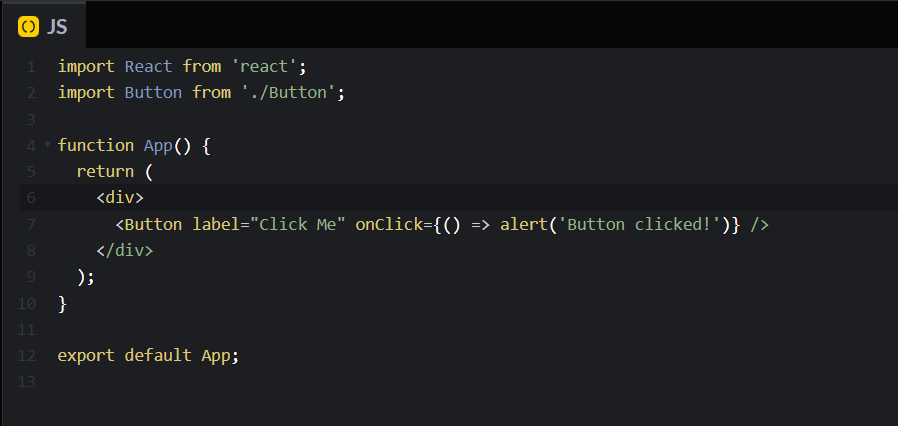The Power of React JavaScript: Building Dynamic Web Applications
React JavaScript has become one of the most popular and powerful front-end web development libraries in recent years. Developed by Facebook, React has revolutionized the way developers build user interfaces (UI) and manage states in web applications.
React uses a component-based architecture that allows developers to create reusable UI elements that can be used across the entire application. This approach simplifies the development process, reduces code duplication, and improves application performance.
What is React JavaScript?
React JavaScript is an open-source front-end web development library developed by Facebook. It was initially released in 2013 and has since become one of the most popular libraries for building dynamic and interactive user interfaces (UI) in web applications.
It is a JavaScript library that uses a component-based architecture to create reusable UI elements. These elements can be used across the entire application, making the development process faster and more efficient. React also uses a virtual Document Object Model (DOM) that allows for efficient updates to the UI, improving performance and user experience.
The Benefits of React JavaScript
1. Component-Based Architecture
React’s component-based architecture makes it easy to create reusable UI elements that can be used across the entire application. For instance, you can create a “Button” component that can be used in multiple parts of the application. This approach reduces code duplication, improves maintainability, and makes the development process faster and more efficient.
Here’s an example of a “Button” component in React:

In this example, the “Button” component is a simple function that returns a button element with an onClick event handler and a label. You can use this component in different parts of the application by importing it and passing different props.
2. Easy to Learn and Use
React’s syntax is easy to understand and follow, making it an excellent choice for both beginner and experienced developers. The component-based architecture allows developers to create UI elements with simple JavaScript functions, reducing the complexity of the codebase.
For example, here’s a simple React component that renders a “Hello, World!” message:

This code defines a function that returns a h1 element with the text “Hello, World!”. This component can then be rendered in the application with a simple ReactDOM.render call.
3. Improved Code Reusability
React’s component-based architecture allows developers to create reusable UI elements that can be used across the entire application. This approach reduces code duplication and improves maintainability.
For example, suppose you have a Button component that you want to use in multiple parts of your application. You can define the Button component in a separate file and import it into other components that require a button.

Then, you can use the Button component in other components like this:

In this example, the Button component is defined in a separate file and imported into the App component. The Button component is reusable and can be used in other components as well.
4. Flexibility in Rendering
React provides developers with flexibility in rendering, allowing them to render the UI on both the client side and the server side. This feature provides benefits such as improved performance, better search engine optimization (SEO), and better user experience.
For example, using server-side rendering (SSR), React can generate the initial HTML for the application on the server and then send it to the client. This approach reduces the time to first render (TTFB), improving performance and user experience.

In this example, the ReactDOMServer.renderToString method is used to generate the initial HTML for the App component on the server. This HTML can then be sent to the client for further rendering and interactivity.
5. Real-Time UI Updates
React’s virtual DOM is one of its most significant features, allowing it to update the UI efficiently and in real-time. The virtual DOM is a lightweight representation of the actual DOM, and React uses it to calculate the minimal number of changes required to update the UI.
For instance, if you have a list of items in your application, and you add a new item to the list, React will only update the newly added item, rather than re-rendering the entire list. This makes React applications faster and more responsive.
6. Scalability
React’s component-based architecture and virtual DOM make it highly scalable, allowing developers to build complex and dynamic web applications with ease. With the help of additional libraries such as Redux, React can handle large-scale applications with thousands of components, ensuring that performance is not compromised.
For instance, Facebook’s News Feed is built using React and Redux and handles a massive amount of data and interactions.
7. Compatibility
React is compatible with various tools and frameworks, making it easier for developers to integrate React into existing projects and leverage its benefits without having to start from scratch.
For instance, React can be used with Node.js to build server-side rendering applications, with GraphQL to build APIs, and with Webpack to bundle assets.
8. Community Support
React has a vast and active community of developers who regularly contribute to the development of the library. This community provides extensive documentation, tutorials, and support for React, making it easier for new developers to get started with the library.
Conclusion
In conclusion, React JavaScript is a powerful library that has revolutionized the way developers build dynamic web applications. Its component-based architecture, virtual DOM, and real-time UI updates provide several advantages over traditional web development frameworks. React’s flexibility, scalability, and compatibility make it an excellent choice for building web applications of all sizes and complexity levels. Moreover, its vast community support ensures that developers can easily get started with the library and receive the necessary support and guidance. With React, developers can build fast, responsive, and interactive web applications that provide an excellent user experience.
If you need any assistance in developing your company’s website, you are welcome to contact us – Web Design Malaysia!


